5 March 1778 Thursday
Vases, Candelabra, Grave Stones, Sarcophagi. Tripods, Lamps and Ancient Ornaments volume I

To Mr. Giovanni Peachey lover of the fine arts
In deed of respect the Knight Gio. Batt(ist)a Piranesi D. D. D.
Number four ancient sileni in marble much larger than life that held on the shoulders covered with the skin of a goat a large cup of granite with a diameter of p(al)mi. 16 1/4 can be seen in the villa of the most E(excellent) Cardinal Alessandro Albani. The ancient ornament A. is found in the villa Negroni.
Caval. Piranesi F.
21-22 y.o. Francesco Piranesi 1780
Raccolta de' tempj antichi Parti I

Cross-section of the Pronaos, or Portico of the Temple of Honor and Virtue
A Door. B Windows that give light to the Temple. C Pillars of the Portico meet the corner columns. D Section of the rock formed of tuffs of the height of the stairs, which ascended from the Area to the level of the Portico, and of the Cell
Franc. Piranesi drew and engraved
5 March 1793
Princess Sophia Albertina, sister of Gustavus III, was in Rome where she visited the villas of aristocratic Romans and artists’ studios. The Ragguagli o sia giornale della venuta, e permanenza in Roma S.A.R. Sofia Albertina [...] records that she first visited Pacetti, Canova, Franzoni, Angelica Kauffmann and Gagneraux, on an itinerary carefully prepared by Francesco Piranesi. On 5th March the princess visited Righetti’s studio in the strada della Purificazione, and in the same month she also visited Giovanni Volpato, Alessandro Cades, Giuseppe Valadier, Morelli, Bartolomeo Cavaceppi, Cristoph Unterperger, Gregorio Fidanza, Wenzel Peter, Giovan Battista Dell’Era, Carlo Albacini, Massimiliano Laboreur and once again Angelica Kauffmann. --Chiara Teolato
5 March 1812 Thursday

Morning hazy, wind round to SWerly. I went to Mulberry Street Meeting. Afterward JH and myself went to C.W. Hares[?], a long conversation on the arbitration business. I dined at W. Bells, evening at SL's. Therm. here 42° rose to 50°.
5 March 2001
sarcophagus of Maria
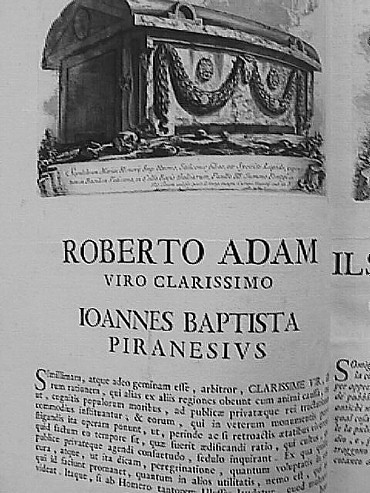 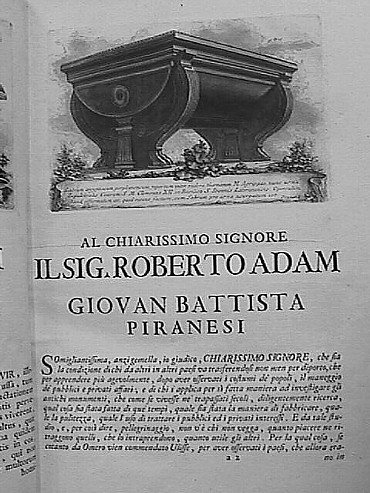
A rendering of the sarcophagus of Maria appears within the Il Campo Marzio dell'Antica Roma publication as head-piece to the Latin dedication the publication to Robert Adam. This position makes the sarcophagus of Maria the third image within Il Campo Marzio after the title page and the frontispiece. Did Piranesi deliberately place ancient Rome's last imperial artifact at the very beginning of his documentation? Moreover, is it significant that the sarcophagus of Maria is the only ancient remain depicted within Il Campo Marzio that is Christian as opposed to Pagan?
Interestingly, a "sarcophagus of Egyptian porphyry found among the ruins of the baths of Agrippa, now the funerary urn for the ashes of Pope Clement XII [1730-40] in the Basilica of St. John Lateran" acts as head-piece to Il Campo Marzio's Italian dedication to Robert Adam.
Signs of ancient Rome's Pagan-Christian inversion.
5 March 2006
God's will as urban planning?
The selling of indulgences to help build the new Vatican Basilica of St. Peter. Martin Luther protested; read his 95 theses.
5 March 2017
What music are you listening to?
https://www.youtube.com/watch?v=bRAShcsjdbg
5 March 2019
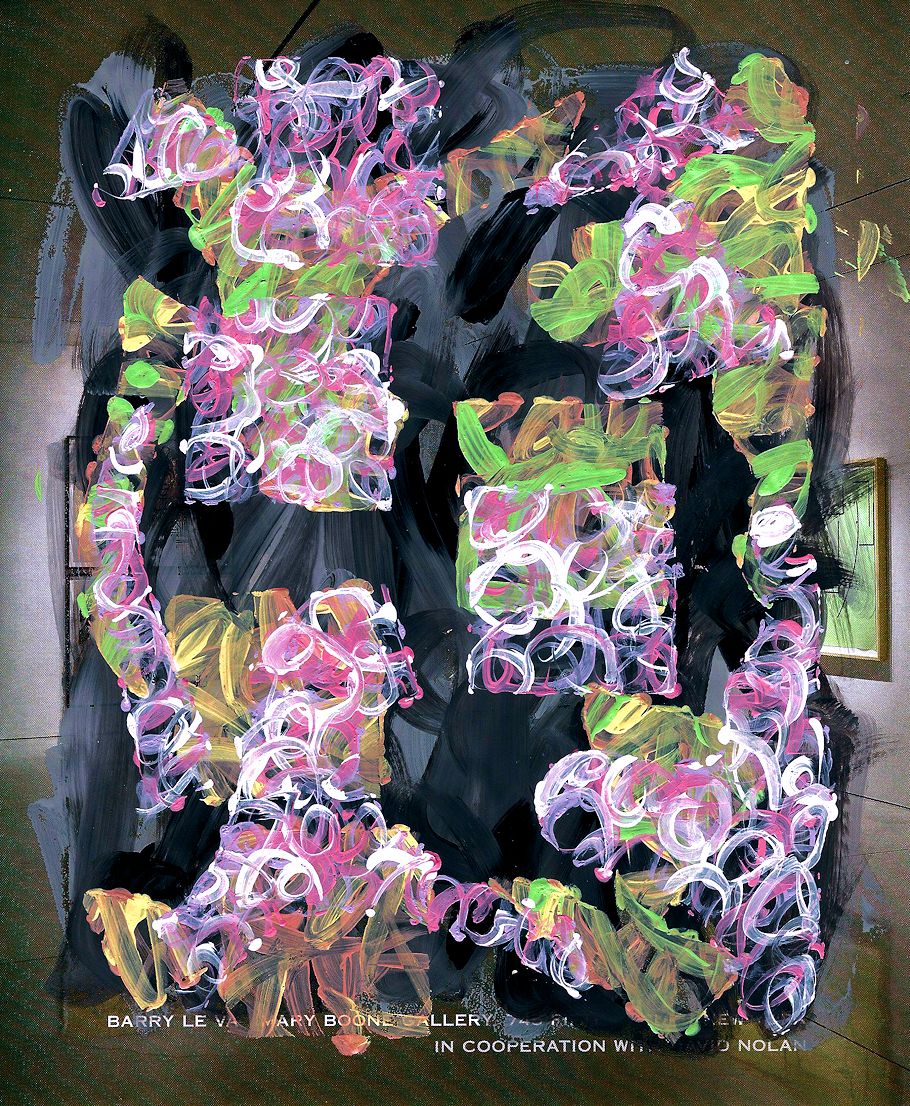
Mary Boone's 180 hours of community service hour 25
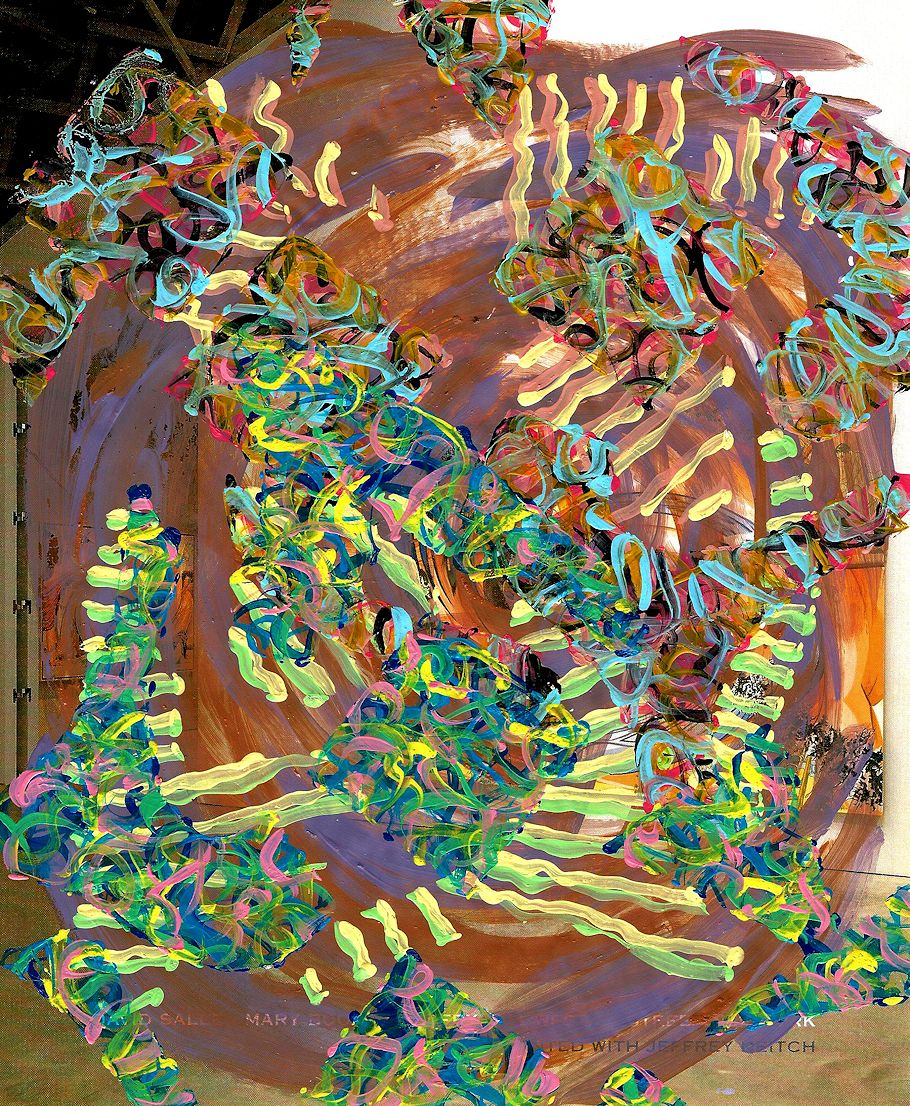
Mary Boone's 180 hours of community service hour 26
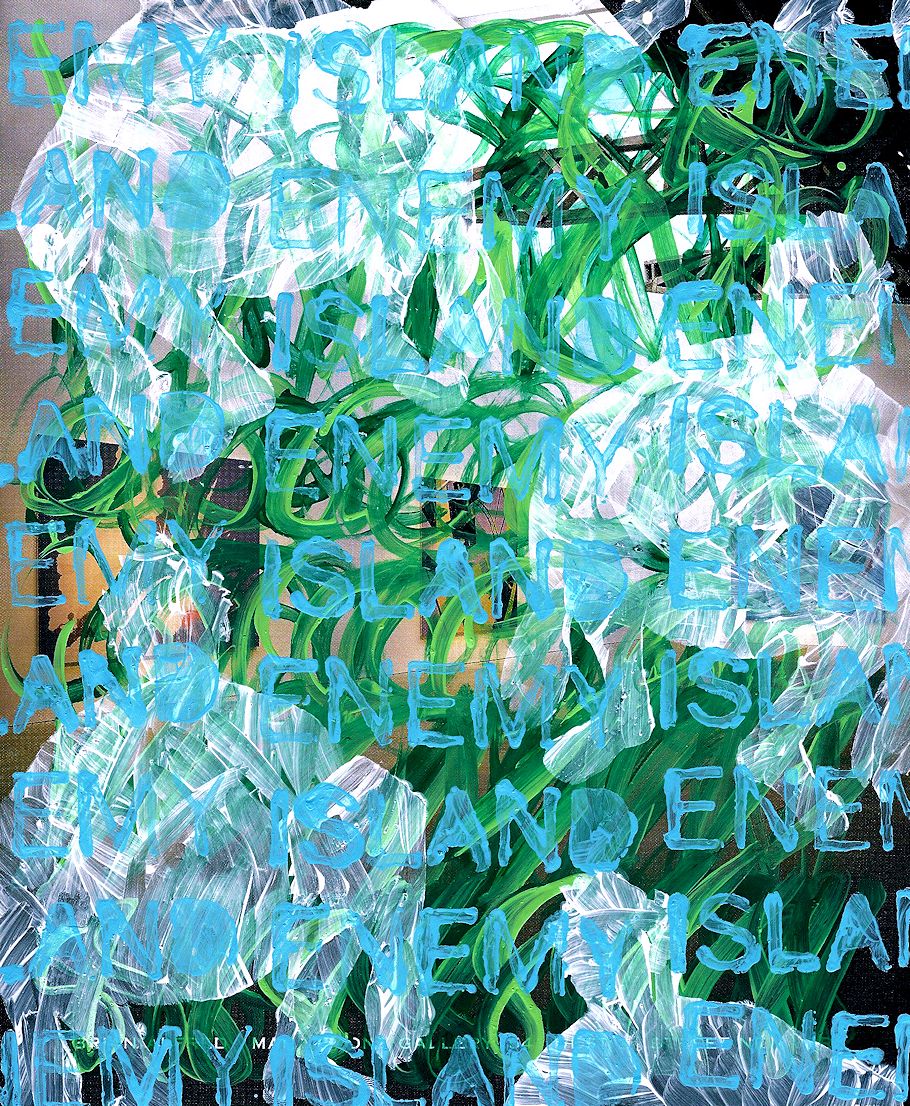
Mary Boone's 180 hours of community service hour 28
5 March 2023 Sunday

The shed's nickname is henceforth Ury House.

And, if I ever clean it out and turn it into a gallery dining room, then I can invite people to dine at Ury House.
|